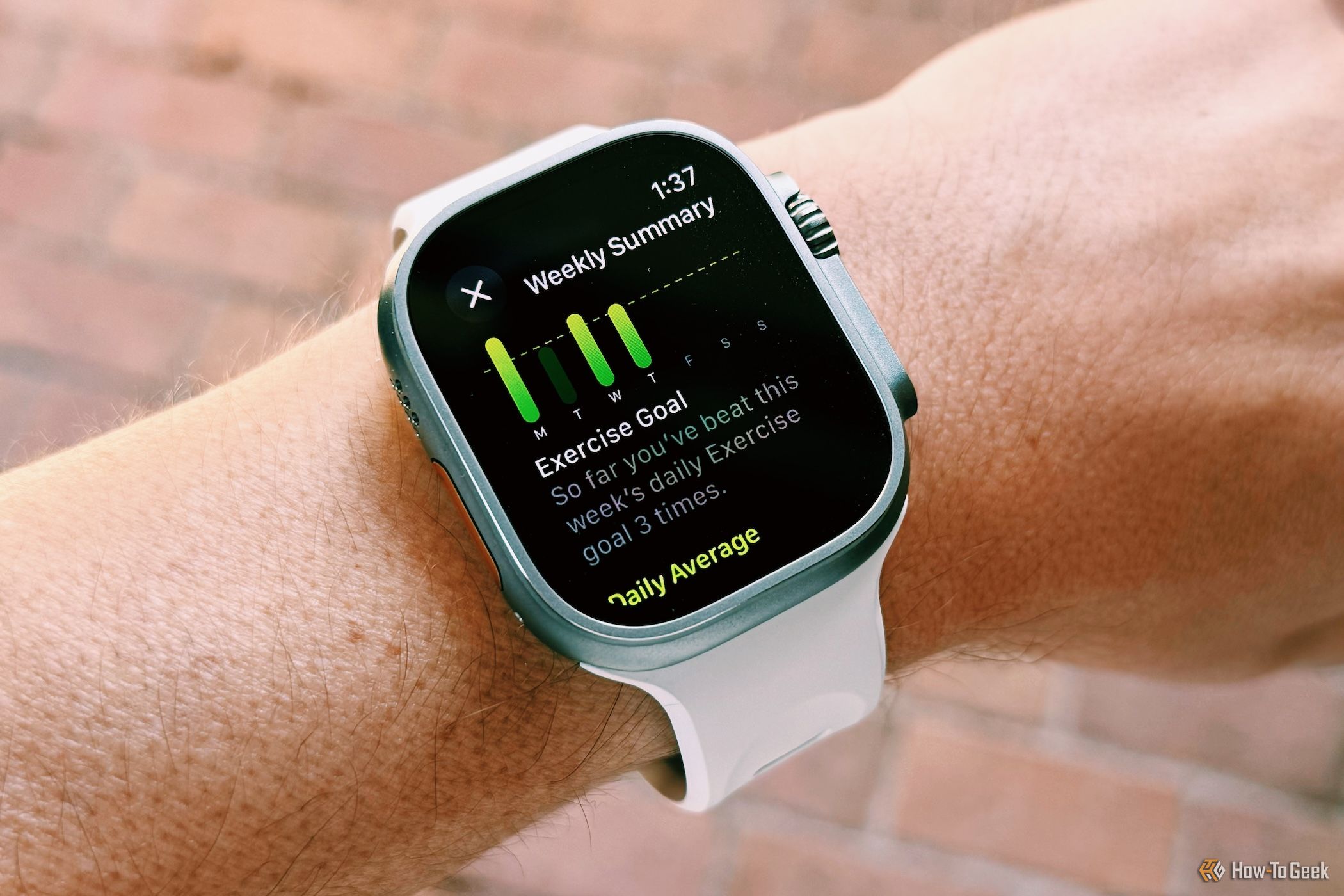You probably wouldn’t have even noticed, though.
UPDATE: 2024/01/18 11:27 EST BY CORBIN DAVENPORT
Blood Oxygen feature will be removed in the U.S.
Apple has now confirmed that all Apple Watch Series 9 and Apple Watch Ultra 2 smartwatches sold after January 18, 2024 will be blocked from detecting your blood oxygen level. The affected models have “LW/A” at the end of the model number. Apple Watch models sold outside the United States are not affected.
Apple is currently involved in legal battles with the Apple Watch and its blood oxygen sensors, which allgedly violate patents owned by Masimo. Apple opted to temporarily stop selling the affected Apple Watch models instead of paying a settlement, but thanks to a recent court order, sales have resumed. That was a temporary fix, however, and to continue sales going forward, Apple would have to take actual measures and changes. It looks like the change being readied might see the removal of one specific feature off the watch.
Apple is reportedly preparing a permanent fix to end its legal woes and make sure it can continue selling the Apple Watch over the course of the next few months. As per a legal filing, the fix would involve permanently disabling the pulse oximetry feature through software, which currently remains included in the models available for sale. This solution would be dependent in Apple losing the appeal and legal battle against Masimo—if the court rules in Apple’s favor, the proposed software fix may not be implemented.
The pulse oximetry feature, first introduced in 2020 with the Apple Watch Series 6, measures blood oxygen levels. However, Apple has never marketed it for medical use, positioning it as one of the Apple Watch’s many wellness features. Apple’s implementation has been frequently criticized for its accuracy, or lack thereof. It’s a feature that has also landed on competing smartwatches, such as the Samsung Galaxy Watch series.
The good news is that the pulse oximeter isn’t really something that’s being used widely these days. It was an important addition back when the COVID-19 pandemic was rampant, since one frequent (and deadly) symptom of COVID-19 is a sharp drop in oxygen saturation—a pulse oximeter would let you keep track of this and, if necessary, tell you whether you needed to hook yourself up to an oxygen tank. It’s not a stat many people are keeping track of these days, and while Apple might see itself forced to remove it from Apple Watches in the next few months, chances are that you wouldn’t have even noticed.
Source: TechCrunch
source
